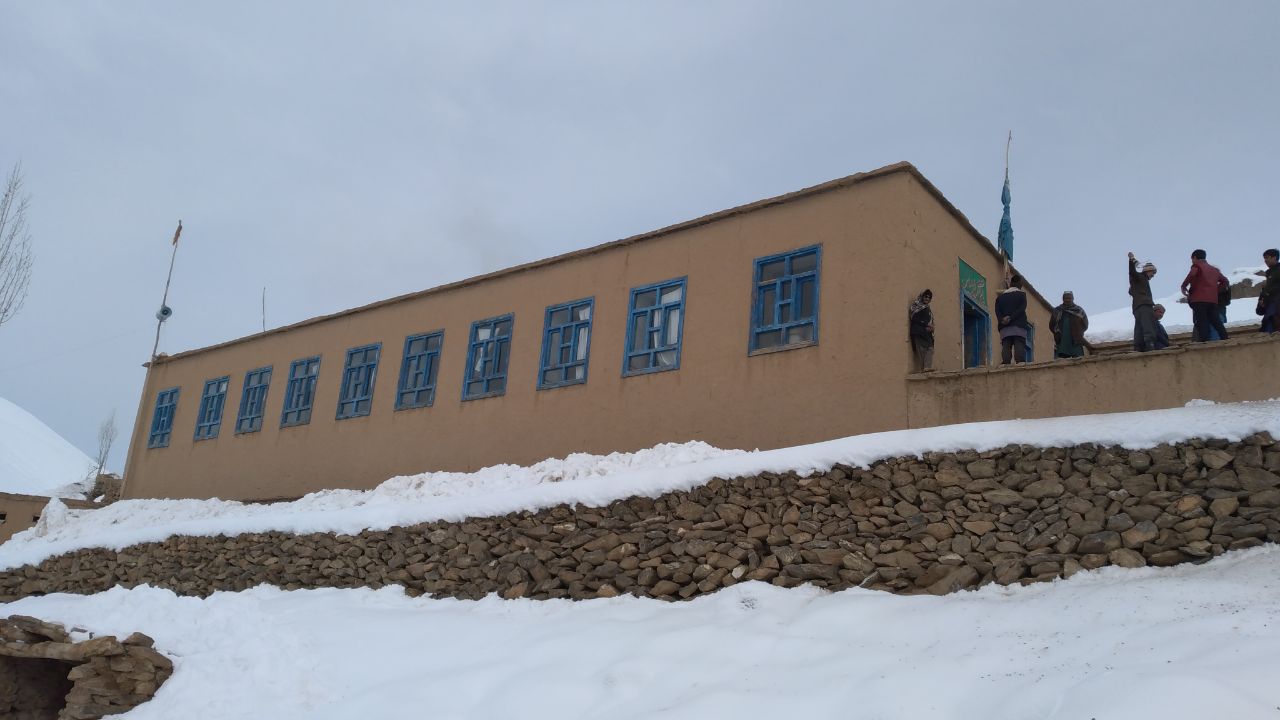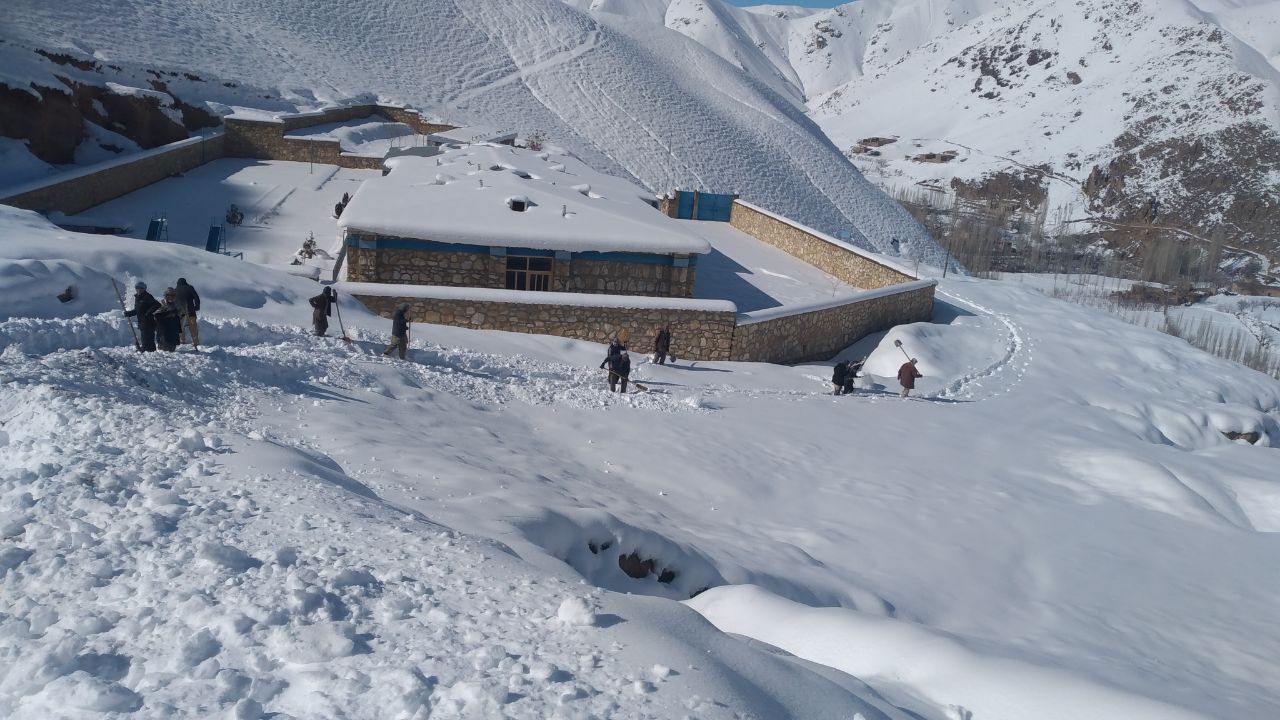Eshtarlay, One of Afghanistan's Many Remote, Snowy Districts
Eshtarlay, a district in Afghanistan’s central Daikundi province, is predominantly populated by Hazaras, one of the main ethnic groups in Afghanistan.

-- Afghan Lens --
Written by Sima Siawash, edited by Mohammad J. Alizada and Brian J. Conley
ESHTARLAY– The people living in these areas of Afghanistan are generally hard-working farmers who have spent their whole lives in the profession but they have a deep interest in seeking knowledge and education to improve themselves and are not content with their current livelihood. Eshtarlay, a district in Afghanistan’s central Daikundi province, is predominantly populated by Hazaras, one of the main ethnic groups in Afghanistan.
Shaikh Meeran, Deh Aros, and Jangan are some of the well known villages in the district.
Roads in the district are cut off from the rest of the world in the winter due to the area’s heavy snowfall. Sometimes it takes weeks to open up the roads which people must clear with shovels by hand.
Eshtarlay borders Talkhan district of central Ghor province and Panjab of Bamyan. The people of this district purchase most of their daily necessities from bordering districts in Bamyan and Ghor, since it is difficult to access their provincial capital of Nili.

Ninety percent of the land is made up of mountains and rough terrain, which provides little revenue or income for the residents. The weather in this part of the country is very dry and cold. Although Eshtarlay, Shaikh Meeran, Ahangar, Siadara, Khosh and Loro rivers flow through the district, years of persistent drought has left farmers with little land to cultivate. Growing wheat without irrigation is impossible given the terrain. What little vegetation exists in the mountains is used to feed livestock and gathered for fire in the winter.

Before drought became a persistent issue, the people of this district kept a large number of livestock for livelihood but have since begun migrating to other countries illegally for work, as well as working in other provinces or the capital to afford to feed their families back home. Migration out of the area has turned into a norm, with families leaving ancestral lands for the search of a better life and better opportunities. Other than a few select residents who worked for the previous government, previously most residents traveled to Dar-e Suf in northern Samangan province to work in the coal mines there leaving the women, children and elderly the area to remain at home.
Those who remain in the area tend livestock and farm. Some of the women make Namad, as well as spinning thread out of wool by hand, to be used in making carpets.
After preparing the wool, the women wrap one end around their left arm. The other end of the wool is twisted on to a makeshift drop spindle. The woman making the thread feed it through their left hand until the entire section of wool is spun onto the spindle.
Crafts such as Namad Bafi and thread making also provide an alternative method for making income as there is little to do when winter sets in in the area.

Families here have spent most of their wealth to help their children receive an education. After the last two decades, none of the youth in the area are illiterate in this mountainous region. People living in the area send their children to both public and private universities in pursuit of education.
Unfortunately, given the current situation, most of that education is going to waste due to the staggeringly high rate of unemployment in the country. The unemployment in Afghanistan is due to the economic collapse of the country following the fall of it’s western backed government in mid-august last year. Billions of dollars of aid dumped into Afghanistan before the Taliban takeover and these people still live their lives in a district that has hardly seen any of it.
